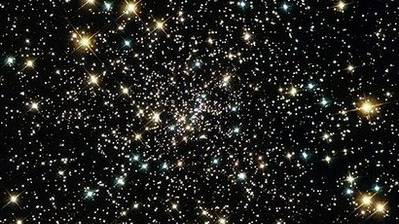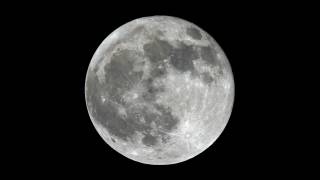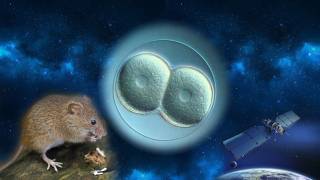Scientists discover Earth-like, water-rich planet: study
Source: news.yahoo.com
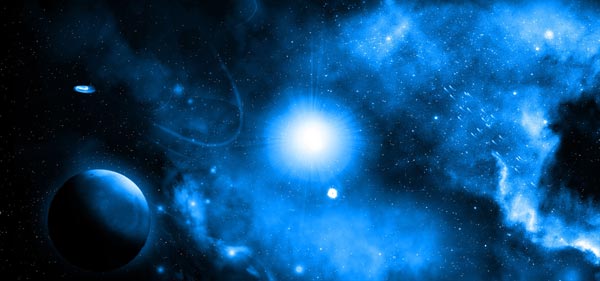
Astronomers have discovered a new Earth-like planet that is larger than our own and may be more than half covered with water, according to a study published Wednesday in the science journal Nature.
The so-called "super Earth" is about 42 light years away in another solar system and has a radius nearly 2.7 times larger than that of our planet, according to the study by the Harvard-Smithsonian Centre for Astrophysics.
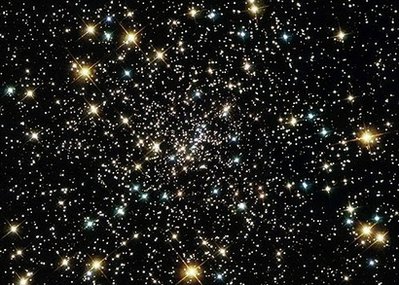
View of a star cluster in outer space. Astronomers have discovered a new Earth-like planet that is larger than our own and may be more than half covered with water, according to a study published Wednesday in the science journal Nature. (AFP/NASA-HO/FIle)
The discovery of the planet, called GJ 1214b, represents a "major step forward" in the search for worlds similar to the Earth, added the University of California's Geoffrey Marcy in a commentary also in Nature.
The "newfound world" is too hot to sustain life as we know it, said the Harvard-Smithsonian Centre for Astrophysics in a statement.
Its density suggests however it "is composed of about three-fourths water and other ices and one fourth-rock," it said. "There are also tantalising hints that the planet has a gaseous atmosphere."
Its temperature is estimated at between 280 and 120 degrees Celsius (536 and 248 degrees Fahrenheit) with its host star about one-fifth the size of the Sun, according to the scientists.
"Despite its hot temperature, this appears to be a waterworld," says Zachory Berta, a graduate student who first spotted hints of the planet's presence.
"It is much smaller, cooler and more Earthlike than any other known exoplanet," he said in the statement.
An exoplanet is one outside of our solar system.
Berta said some of the water would likely be in crystalline form that exists at pressures greater than 20,000 times Earth's sea-level atmosphere.
Its temperature is much lower than that on the only similar discovery, called CoRoT-7b, which revolves around a star that is much hotter, the scientists say.
The CoRoT-7b has a density close to that of the Earth (5.5 grammes per cubic centimetre) and seems to be rocky, while the new discovery appears to be much less dense (1.9 g/cm3).
"To keep the planet's density that low requires that it contains large amounts of water," said Marcy. "It must contain a huge amount of water, roughly 50 percent by mass."
The "wild card" is the make-up of the gases on the planet, he said.
The planet orbits every 38 hours around a small, faint star that was first spotted by eight ground-based telescopes no larger than those used by amateur astronomers, the Harvard-Smithsonian Centre said.
Its relative closeness makes its possible to study it to determine its atmosphere.
"That will make it the first super Earth with a confirmed atmosphere -- even though that atmosphere probably won't be hospitable to life as we know it," said David Charbonneau who heads the research team.
Article from: YahooNews.com
Image: source.
